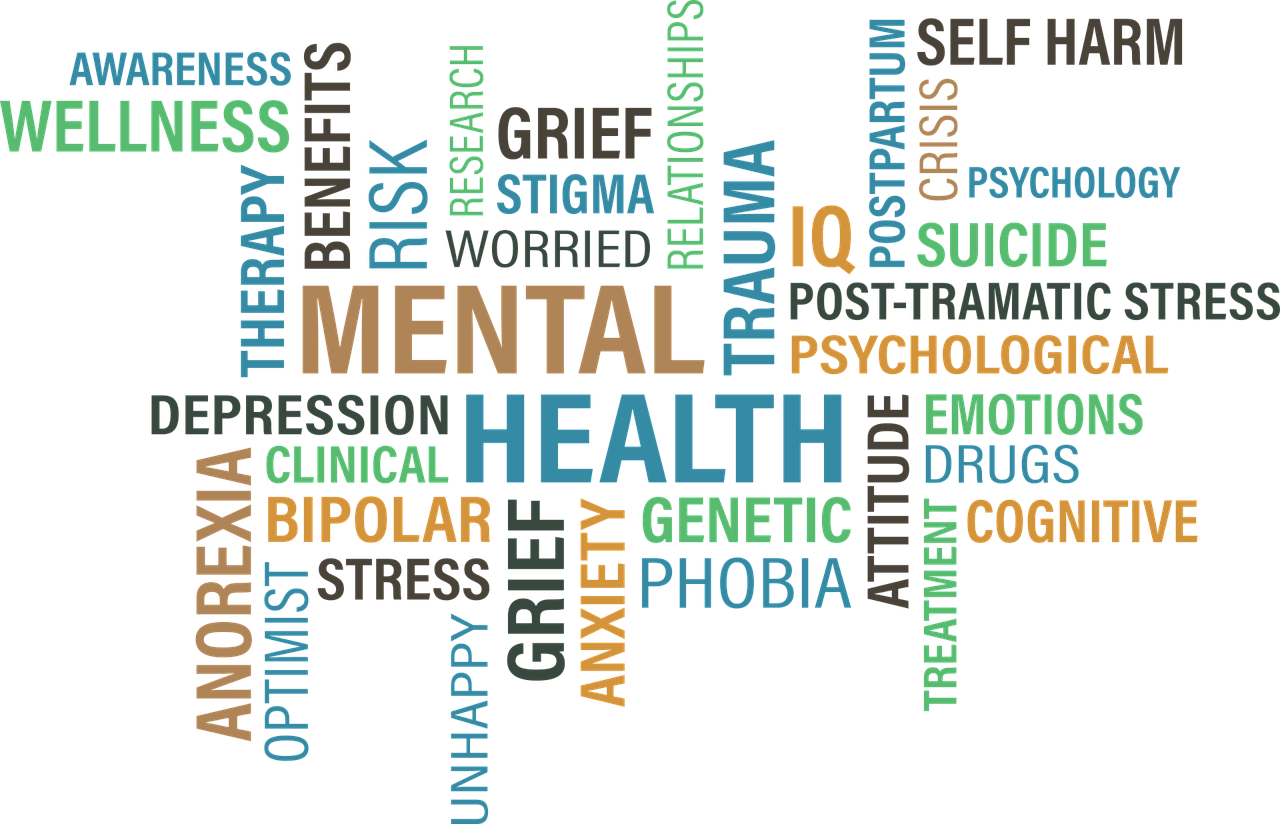Anxiety disorders are characterized by:
- Severe, persistent anxiety or a sense of fear and is considered to be the most common group of psychiatric illness.

Different types of anxiety disorders are:
1) Panic anxiety disorder:
- Panic disorders frequently occur during adulthood and late adolescence period affecting up to 3% of the population.
- Furthermore, the patient usually presents with symptoms of a early heart attack in emergency room and diagnosed by a non-psychiatric patient.
- Misdiagnosed in the initial period.
Clinical features of anxiety disorders:
- A patient suffering from a panic disorder presents with characteristic features like panic attacks that are sudden , overwhelming paroxysm ( Sudden attack or outburst ) of terror and apprehension.
- Patient experiences these symptoms that peak at about 10 min and gradually resolves over time.
- The main diagnostic criteria for a panic attack occurs usually for a brief period of at least 1 month with symptoms attributing to change in behavioral pattern or its severity.
- These attacks are additionally accompanied by chest pain, sweating, palpitation, trembling, dyspnea, dizziness and fear of impending doom.
- In unresolved or undiagnosed symptoms, patient experiences difficulty in deciding.
- Other symptoms that lead to anxiety and phobias.
- It is very important to differentiate and diagnose an anxiety attack to a cardiovascular or respiratory disease , so as to start the necessary treatment.
Treatment for anxiety disorders:
- The mainstay treatment for the disease is an antidepressant medication.
- SSRI (Selective Serotonin Reuptake Inhibitors)prescribed extensively compared to other medications due to it limited adverse effects on the body.
- Brand name – Anxit 0.5 mg 0-0-1 for period of 15 days with follow up.
- In contrast, Psychotherapy used as a method to provide mental stability with generalized counselling with frequent breathing exercises and training.
2) Generalized anxiety disorder:
- Generalized anxiety disorder characterized by persistent, chronic anxiety affecting about 5% of the population.
- It is a chronic condition of anxiety.
Clinical features of Generalized anxiety disorder :
- Patient frequently experiences with characteristic symptoms of excessive, persistent and unrealistic worry associated with impaired concentration, muscle tension autonomic arousal, feeling on “edge” and insomnia.
- Patients worry mostly about minor matters that most importantly hamper there sense of living life.
Treatment for Generalized anxiety disorder :
- Benzodiazepines are the drug of choice for initial assessment and treatment when acute or generalized anxiety becomes severe in order to start a drug therapy.
- Pharmacological and psychotherapeutic interventions are most effective in this case.
- Anticonvulsants like gabapentin, oxcarbazepine, pregabalin are effective to treat anxiety related symptoms.
3) Obsessive compulsive disorder:
- Obsessive compulsive disorder, a condition characterized moreover by recurrent obsessions and compulsions that impair the day to day functioning.
- Patients usually feel ashamed of themselves due to anxiety.
- Additionally, the psychiatrist should ask for specific symptoms related to the disorder pertaining to behavior and recurrent thoughts that hampers one’s functioning.
Clinical features:
- Common obsessive compulsive disorder includes:
- Fear of germs
- Handwashing
- Counting behavior
- Constant thought
- Most frequently in early adulthood and in males.
- Additionally, first born children affected.
Treatment:
- SSRI ( fluoxetine, fluvoxamine, sertraline ) and Clomipramine have shown promises in about 50% of patients.
- Cognitive psychotherapy is the most employed method to treat obsessive compulsive disorder as a whole.
4) Posttraumatic Stress Disorder (PTSD) – A serious Anxiety Disorder:
- PTSD is a serious anxiety disorder when a patient undergoes or has experienced severe trauma in there lifetime.
- The disorder is termed as a acute stress disorder if it occurs immediately after the trauma and is short lived.
- If the disorder is recurrent and is delayed then it is diagnosed as PTSD.
Clinical features of PTSD anxiety disorder:
- PTSD patients usually present with emotional detachment and loss of emotional responsivity.
- Patient usually does not recall the events of the trauma , but events start flashing back in the form of dreams or thoughts ad flashbacks.
Treatment for anxiety disorder:
- SSRI, Venlafaxine, Topiramate are helpful to an extent.
- Hydrocortisone , intranasal oxytocin and morphine helps in prevention of PTSD in acute states.
- In cases of alcoholism , Naltrexone is effective in its treatment.
- Trazodone and Mirtazapine are helpful at night to treat insomnia associated anxiety.
- For instance, Psychotherapeutic strategies play an important role in preventing occurrence of previous events to affect the mental disturbances.
5) Phobic anxiety disorders:
Clinical features for Phobic anxiety disorders:
- Phobic disorders are characterized with recurrent, irritational fears of specific objects with avoidance behavior in response to phobic stimulus.
- Moreover, diagnosis is usually made when the avoidance behavior is associated and interferes with social or occupational functioning.
- Common phobias include frequent fear of closed spaces, fear of flying and fear of blood.
- Social phobia is related to performance situations where the patient is exposed to unfamiliar individuals.
Treatment:
- Beta blockers like propranolol ( Inderol 40mg ) helps in treatment of performance anxiety also.
- SSRI and MAOI’s help in treatment of social behaviors.
- Psychotherapy helps in preventing social phobias over time.
Furthermore, follow us for more such content here
In conclusion, Please refer this book for a detailed description of the disease: Harrisons book of internal medicine

